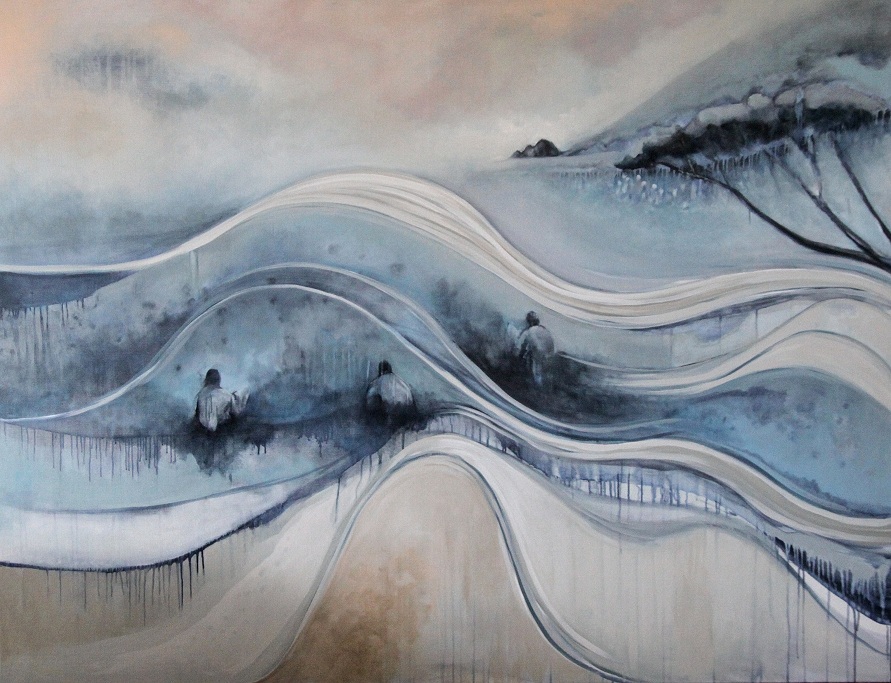Writing from the periphery: the haunted landscapes of James McAuley
Keywords:
james McAuley, European influences, landscape, translationAbstract
In "Envoi", an early poem published in the Jindyworobak Anthology in 1940, James McAuley addressed his relationship, as an Australian, with the landscape of his geographic home, concluding, perhaps reluctantly: "And I am fitted to that land as he soul is to the body". However, even that gaze was influenced and perhaps haunted by his strong connection, like his admired symbolist predecessor Christopher Brennan, with European literary and intellectual traditions. Such a sense is reinforced by McAuley's resort to a European repertoire of forms, tropes and myth in his earlier poems. The question of place returned as a central theme in McAuley's later poems ( 1961 - 76) following his move to Tasmania, where he came under the spell of its more temperate and, at times, severe "European" landscape. This paper explores the influence of McAuley's early European precursors, notably Rilke, Holderlin, and Trakl, in McAuley's own apprehension and execution of a poetic vision in the metaphors of landscape. It focusses on his later translation of Trakl in the 1970s which accompany and mirror his own poems of the time. The paper examines how McAuley struggled to establish moments of poetic vision of an authentic regional Tasmanian landscape against the persistent sense of Australia's lack of older cultures and traditions. It also traces a shift in consciousness from an early concern with national identity to that of a man acutely aware of belonging to a planet requiring care and responsibility.Downloads
Published
2014-06-10
Issue
Section
Articles
License
The copyright for articles in this journal is retained by the author(s), with first publication rights granted to the journal. By virtue of their appearance in this open access journal, articles are free to use with proper attribution in educational and other non-commercial sectors.Attribution-NonCommercial-ShareAlike 2.1 Australia
This work is licensed under the Creative Commons Attribution-NonCommercial-ShareAlike 2.1 Australia License. To view a copy of this license, visit http://creativecommons.org/licenses/by-nc-sa/2.1/au/ or send a letter to Creative Commons, 543 Howard Street, 5th Floor, San Francisco, California, 94105, USA.
How to Cite
Writing from the periphery: the haunted landscapes of James McAuley. (2014). Journal of the Association for the Study of Australian Literature, 14(1). https://openjournals.library.sydney.edu.au/JASAL/article/view/9881

